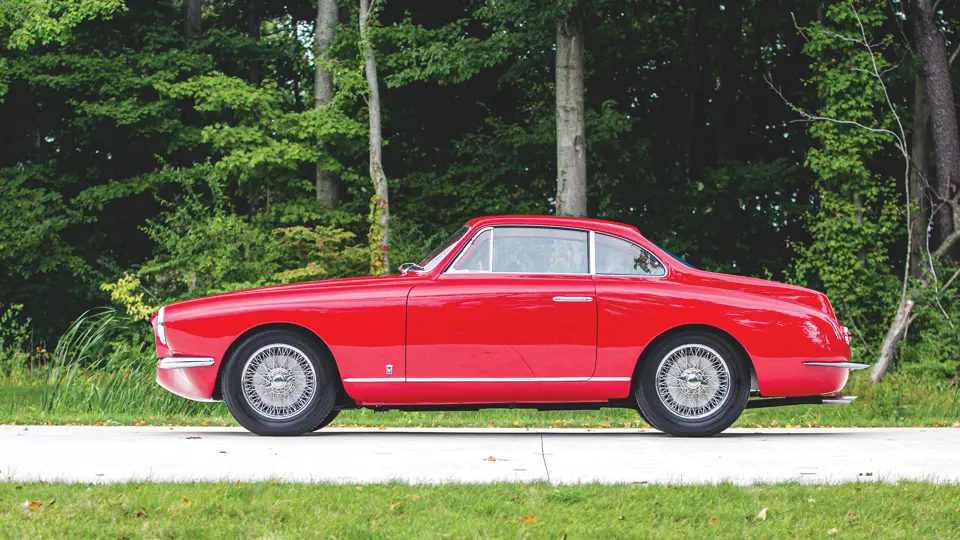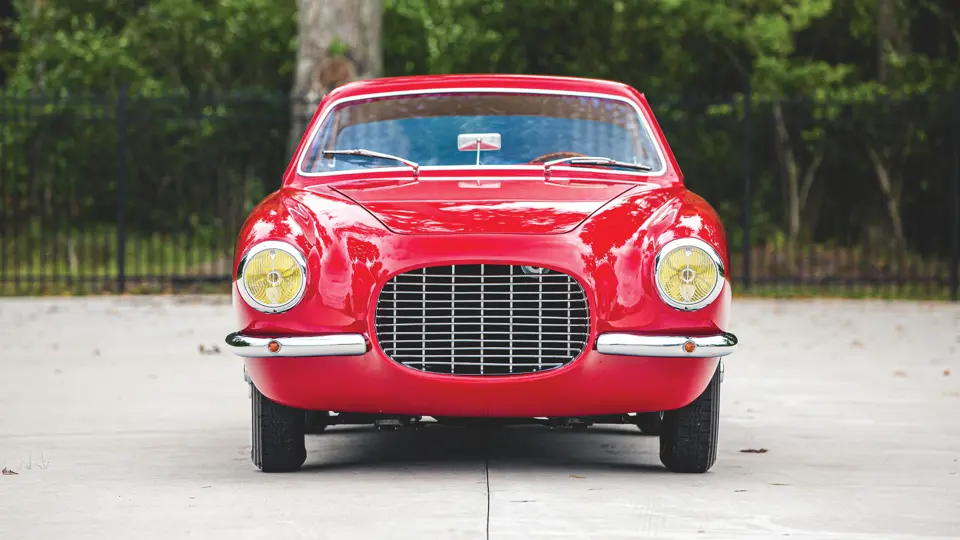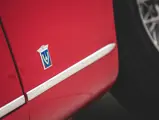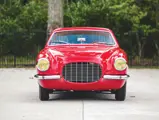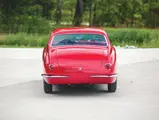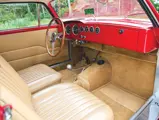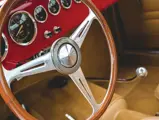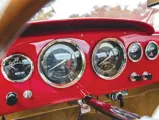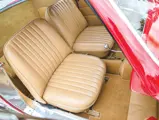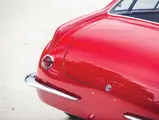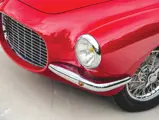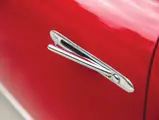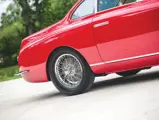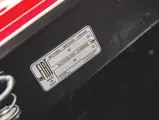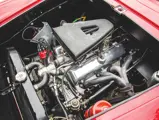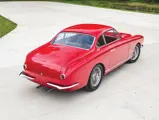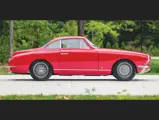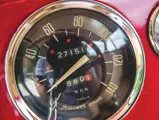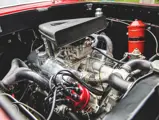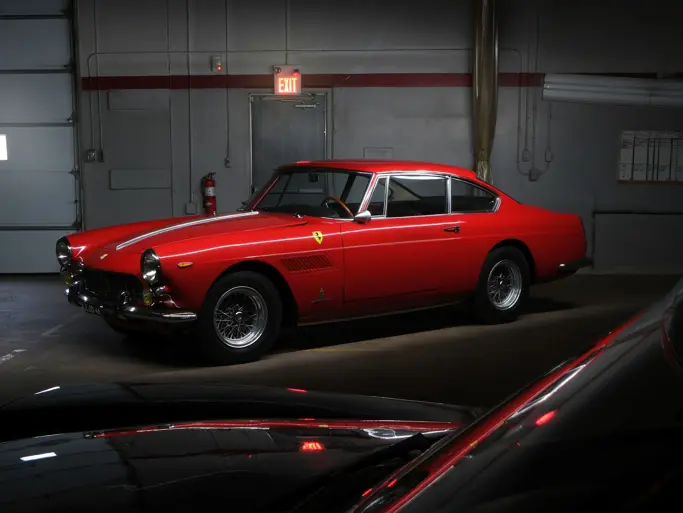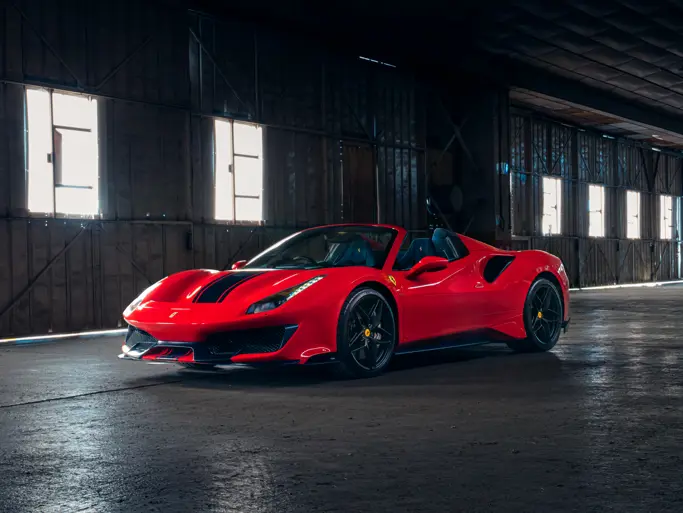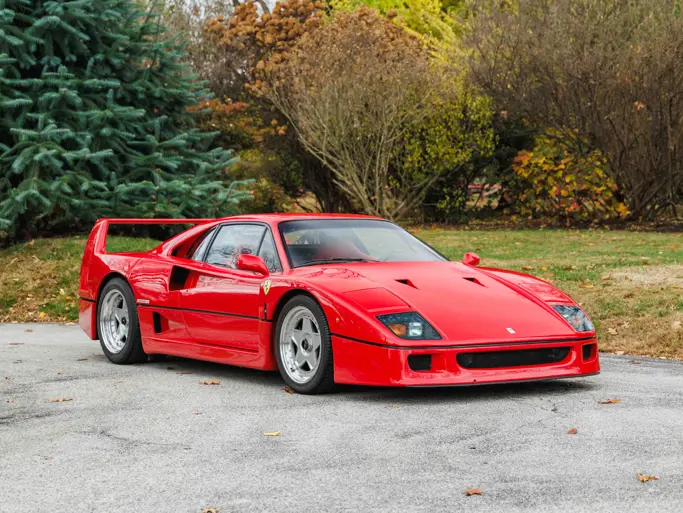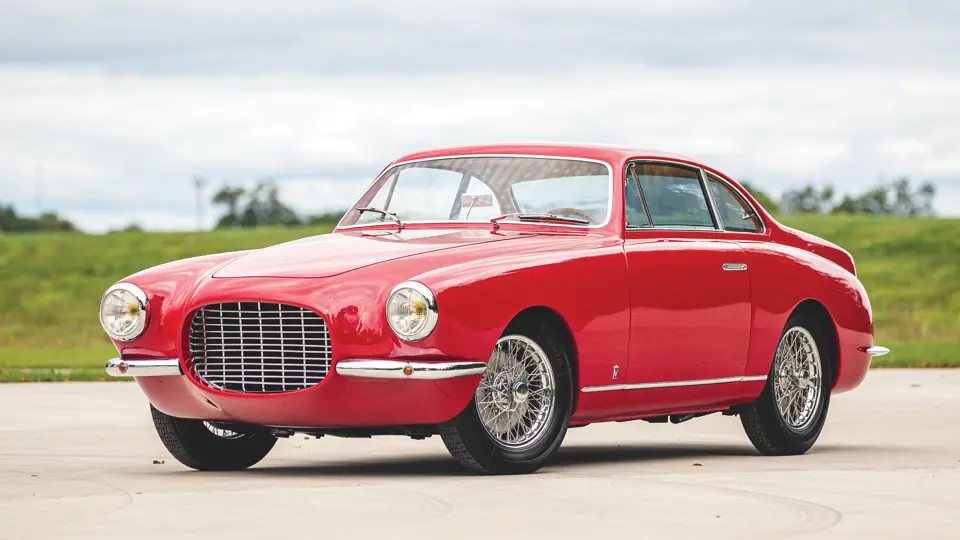
1954 Fiat 8V Coupé by Vignale
{{lr.item.text}}
$775,000 USD | Sold
{{bidding.lot.reserveStatusFormatted}}
- Fiat’s 1950s “supercar”
- Stunning, subtle Vignale coachwork
- Believed to have been exhibited at the VII Concorso d’Eleganza di Roma, 1954
- Documented in Tony Adriaensens’s tome on the model, Otto Vu
- Extensively researched by Italian car registrar, John de Boer
- Among the few 8Vs to retain its original engine
FIAT OTTO VU
Of all the famed Italian automakers, Fiat is not normally recognized as producing lavish, coachbuilt grand touring cars. The Italian automaker’s first engines were four-cylinder units, often of enormous size. Fiat produced its first six-cylinder engine in 1907 and even a V-12 from 1921 to 1922. However, it was not until 1952 that Fiat would produce an eight-cylinder power plant.
The 8V, or Otto Vu in Italian, was built for two years only, with production of 114 examples, and remains one of the marque’s most legendary motor cars to this day. It was the star of the Geneva Salon in March 1952, and it goes without saying that this new Fiat got lots of attention from the motoring press. Road & Track called it “the biggest surprise of the year,” and The Motor remarked that “the last thing which had been expected from Italy’s largest car factory was a truly streamlined 2-seater saloon.” With its potent new power plant, which was clothed by bodies designed by the world’s finest coachbuilders, everyone knew that this was truly a special automobile in every sense of the word.
CHASSIS NUMBER 000047
The distinctively handsome Vignale-bodied coupe shown here, chassis number 000047, was originally exported to Turin on 11 June 1953 finished in verde. The design is distinguished by its flared rear fenders, forming finned flying buttresses on either side of the decklid and inset rear window; a distinctive oval radiator opening flanked by chrome “bumperettes” (echoed in the rear) and carrying a simple egg-crate insert; and delicate chrome trim around the doorsills and windows. Features of the car, including the round headlights and the design of the front fenders, are echoed in other Vignale designs of the period, including OSCAs and Ferrari 375 Americas. Low windows and a high beltline exaggerate the power and personality of the lines. The interior is understated, yet elegant, with pleated leather bucket seats facing a dashboard with a full complement of simple round Veglia gauges.
As noted in Tony Adriaensens’s Otto Vu, the car is believed to have first been displayed at the VII Concorso d’Eleganza di Roma on 12–13 June 1954, though slight trim differences later noted put this up for debate. The car was then delivered to its original owner, Alberto Carpanelli, of Alessandria. It was first registered as AL 40085 on 9 July 1954 and was later re-registered in Perugia as PG 30151. Further records indicate that the car was exported to the United States from Genoa sometime around 1957, at which point it had been refinished in a darker green than the original hue. In 1960, the 8V was registered in California by Phil Hildreth, who subsequently sold the car, along with another Fiat, to Al Johnston.
By 1971 the car was registered to Gerald Hoskins of Los Angeles and then to another local man by the name of Dan Smith. Smith in turn sold the car to John O’Donnell of New Jersey, from whom it was then acquired by Jarl de Boer in April 1982. At this time the car was added to the “Registry of Italian Oddities” by his son and noted historian of such Italian cars, John de Boer. Several years later the car was reunited with its original engine, which had been replaced around 1964 during Al Johnston’s ownership. The de Boers retained the 8V until 1988 when it was sold to Tom Hart of Reno, Nevada and subsequently purchased by the Blackhawk Collection in Southern California.
The 8V was refinished in red over a tan leather interior as part of the restoration, which was completed in 1990. Two years later, it was bought by Erich Traber, in whose Swiss collection it remained for 25 years before the current owner acquired it. Well preserved, the car is noteworthy for retaining its matching-numbers engine, as is documented in historian Tony Adriaensens’s book, Otto Vu. Many 8Vs were driven rather hard by their original owners, commonly resulting in the loss of its original power plant, but this example’s early historical documentation meant that its original engine was preserved and ultimately reunited with the car.
As one of very few 8Vs still with their original engine, and with its striking and attractive Vignale design, this is among the most exciting surviving examples of the world-famous Otto Vu, an Italian “supercar” of the Jet Age.
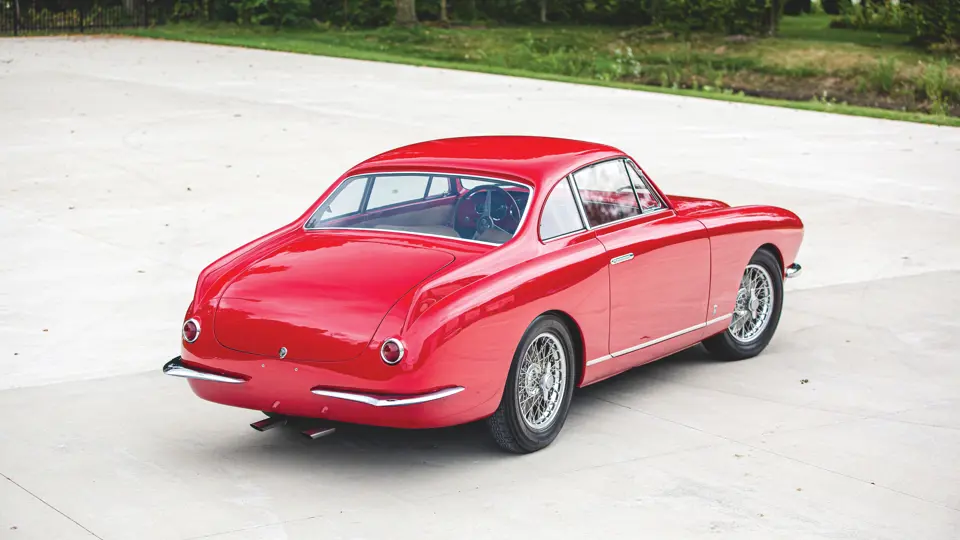



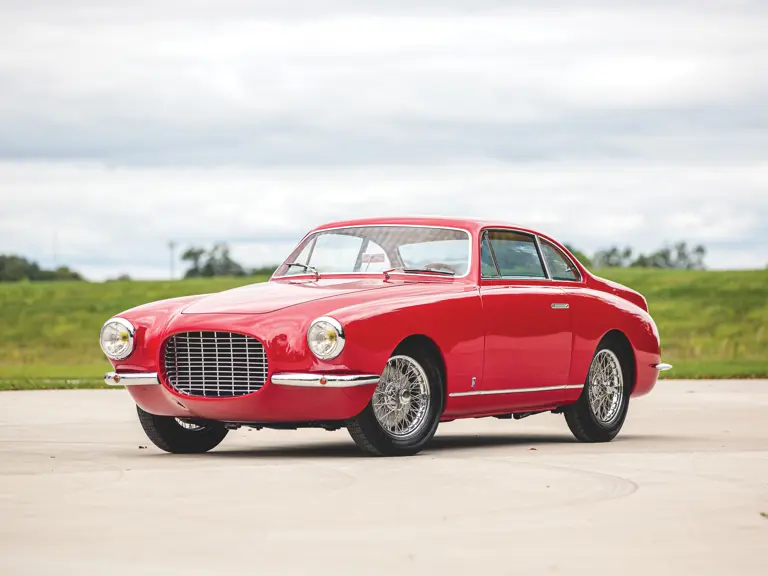

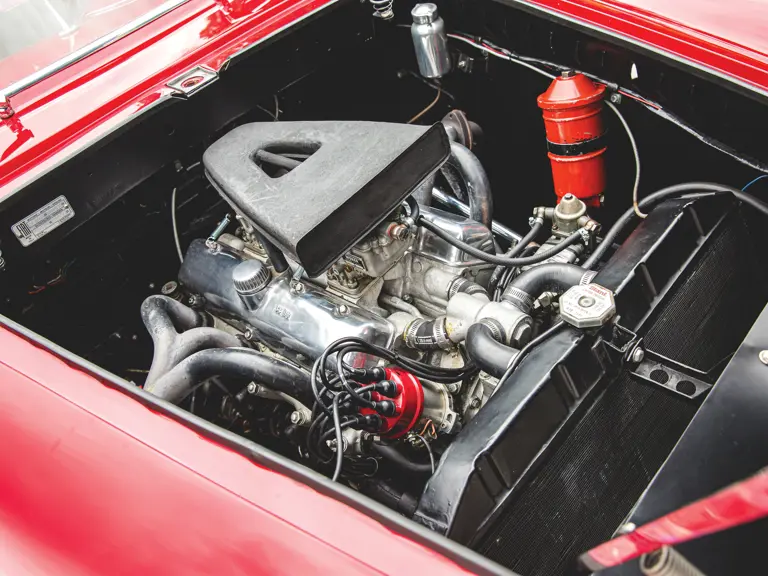
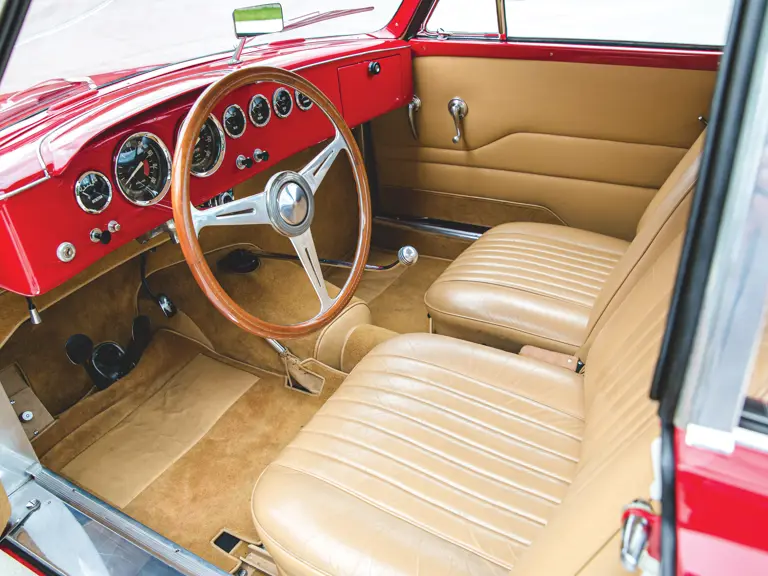
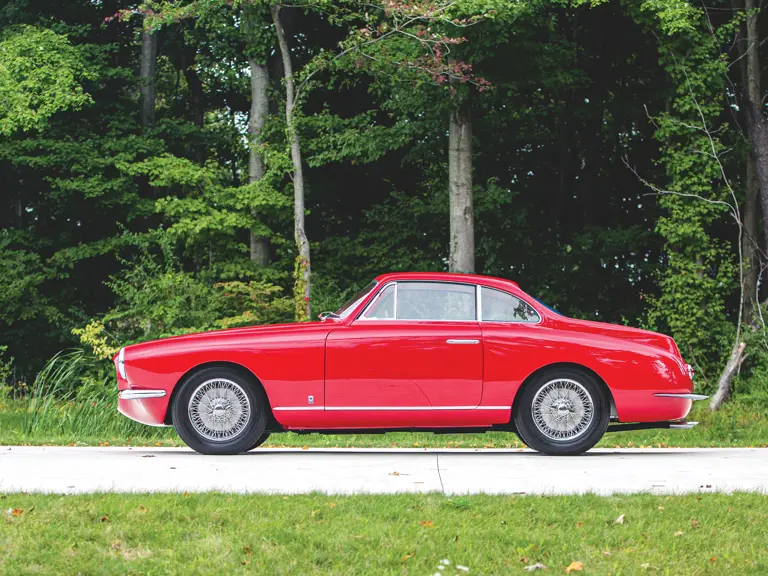
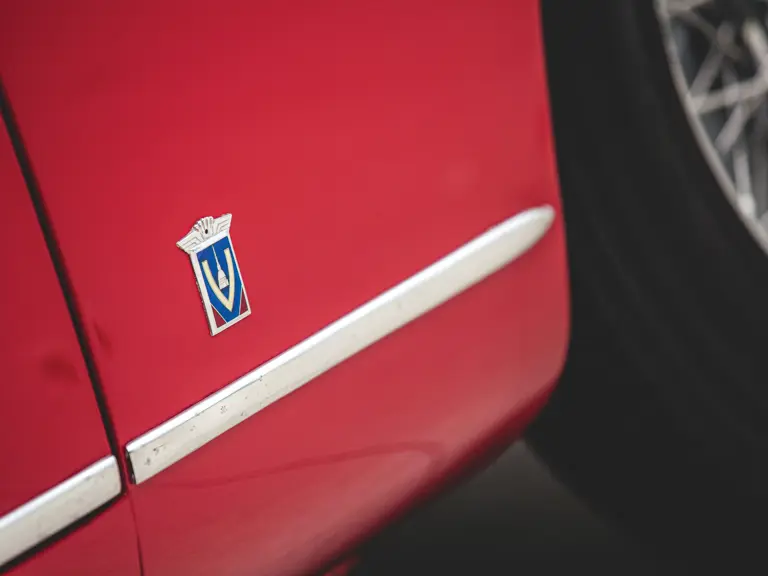

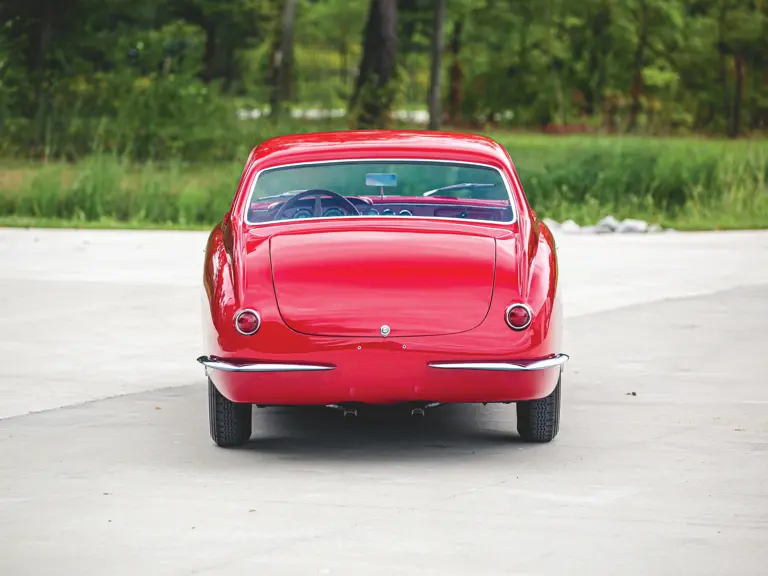
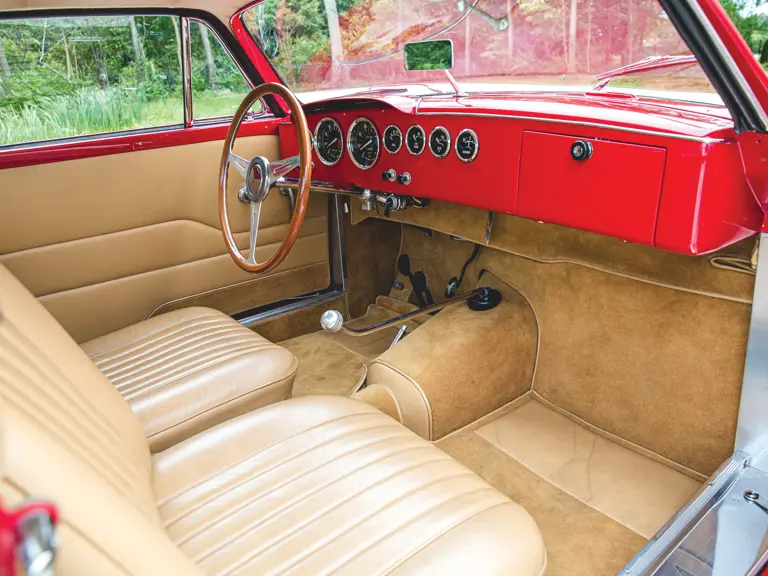
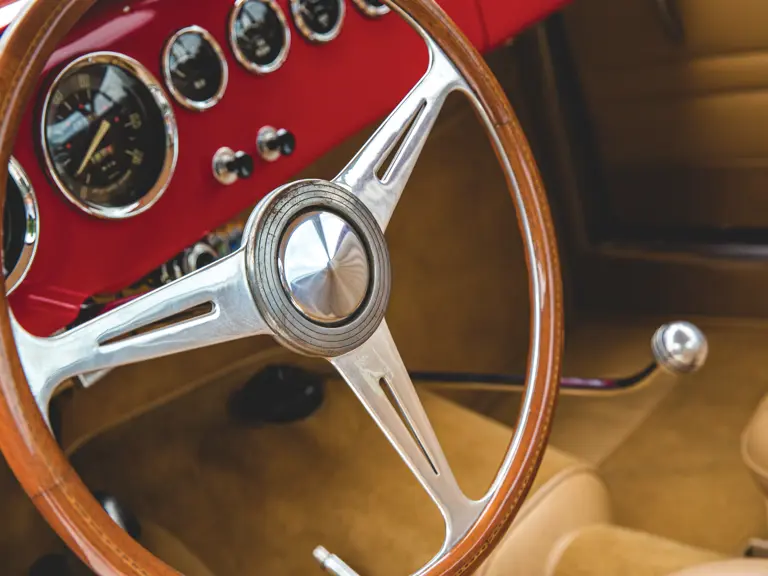


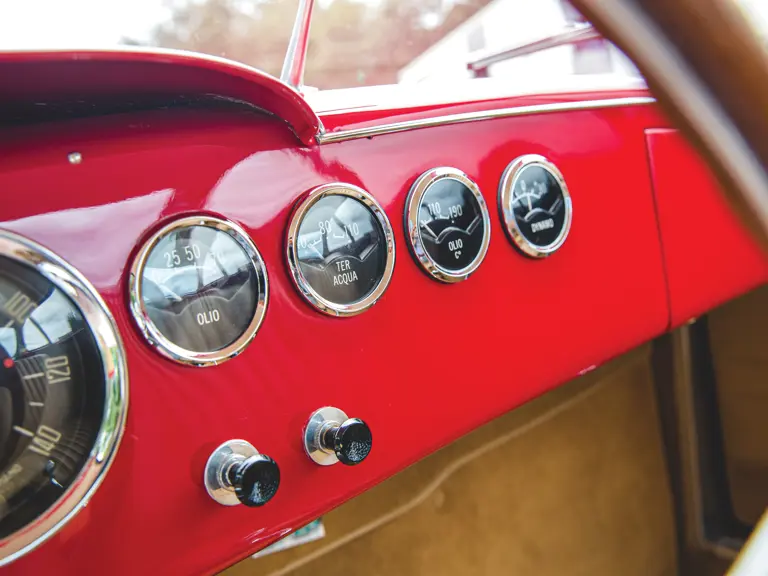
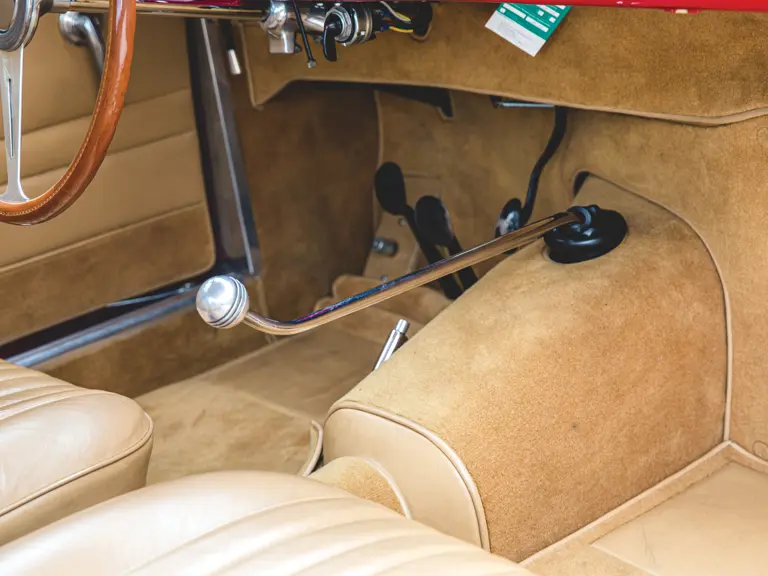
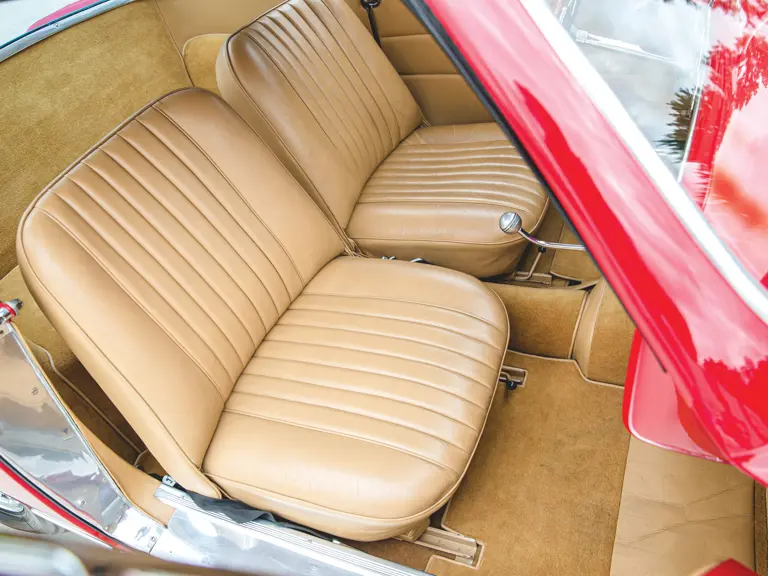
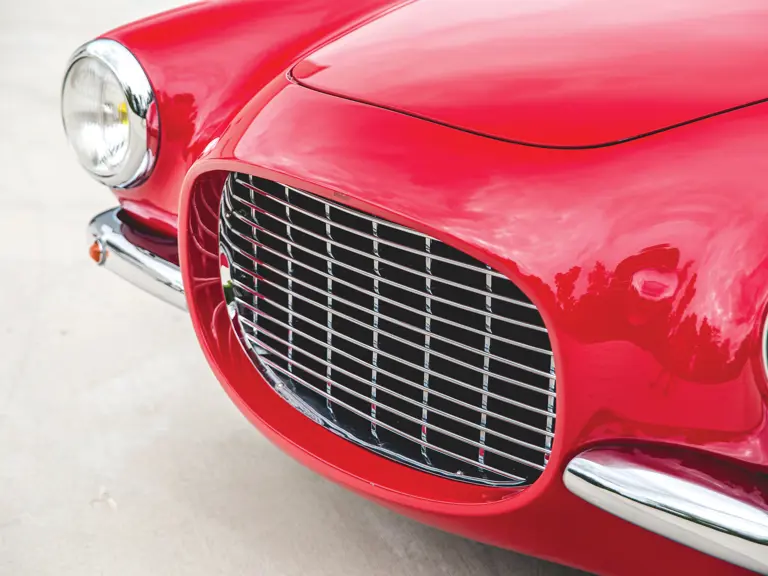

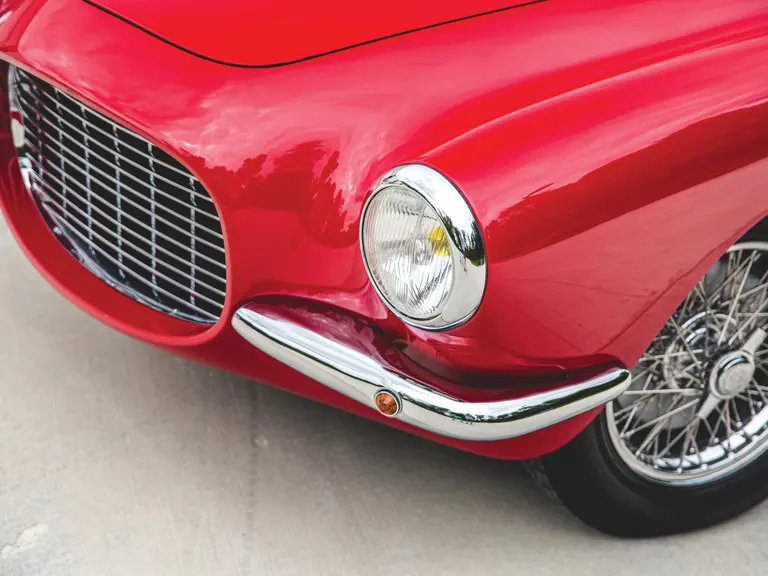

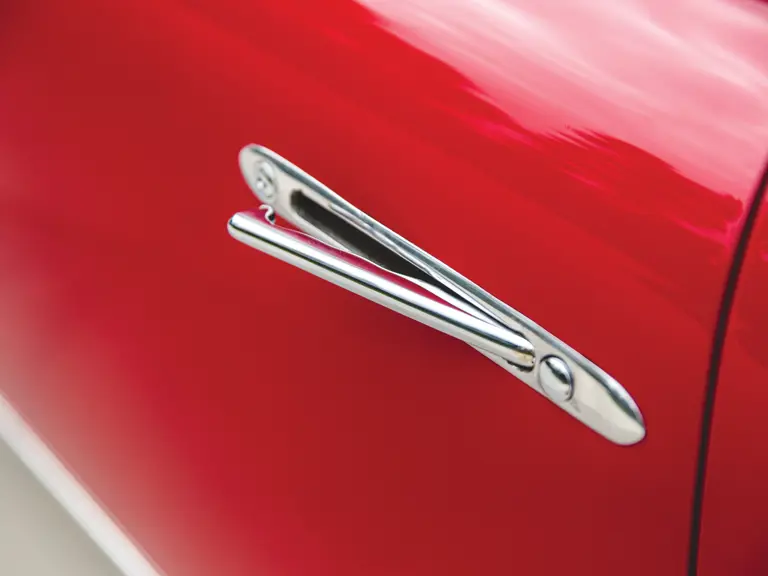

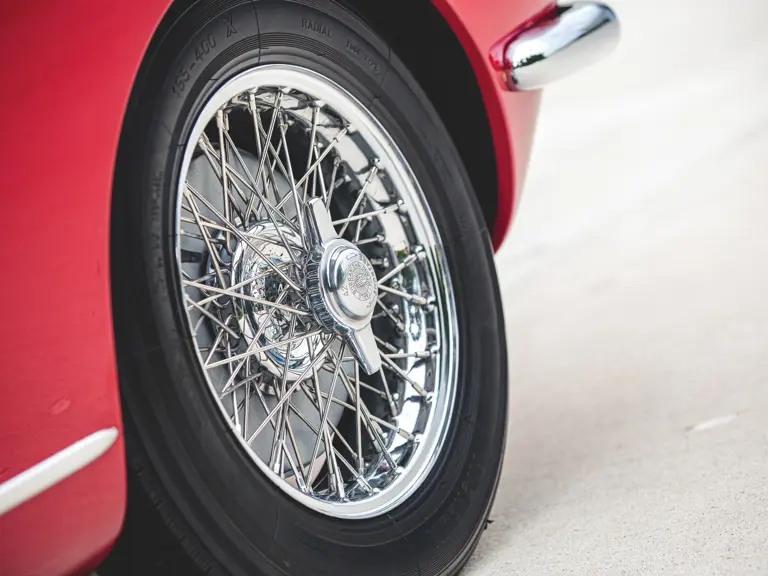

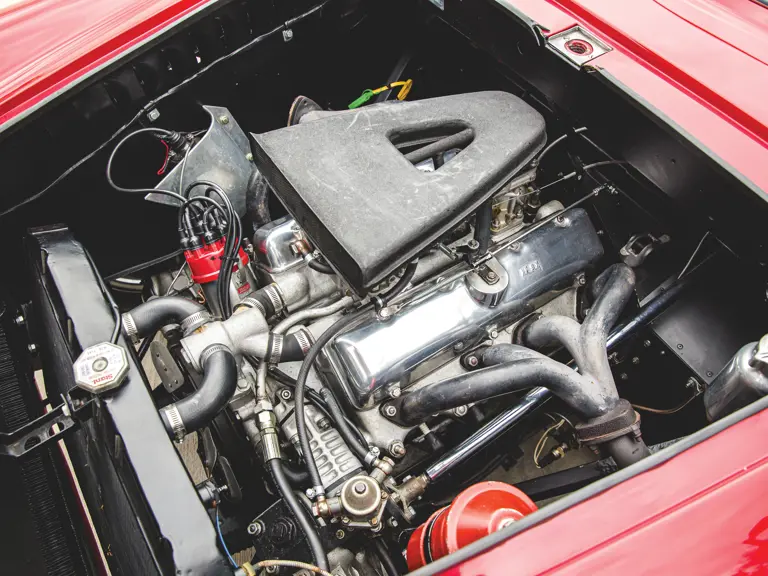
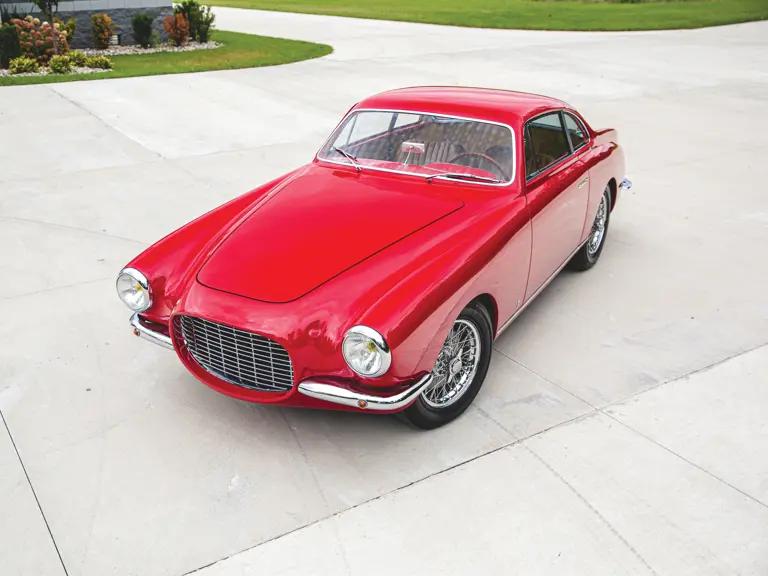
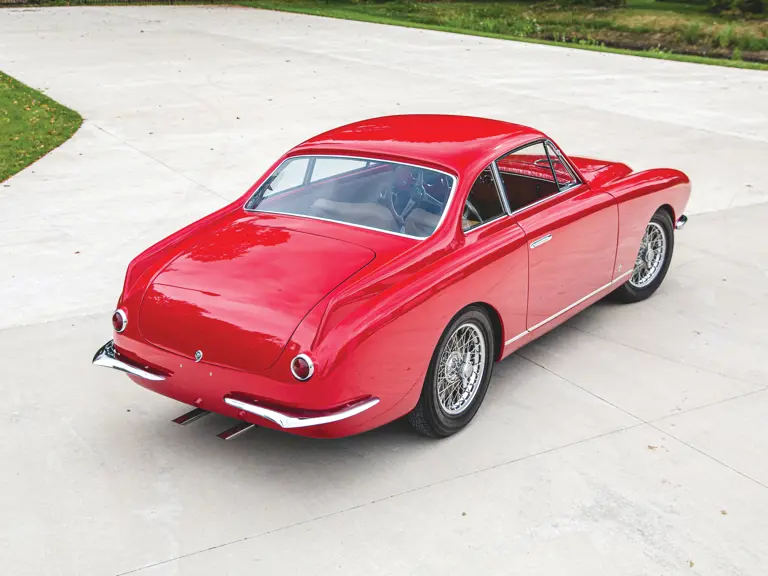

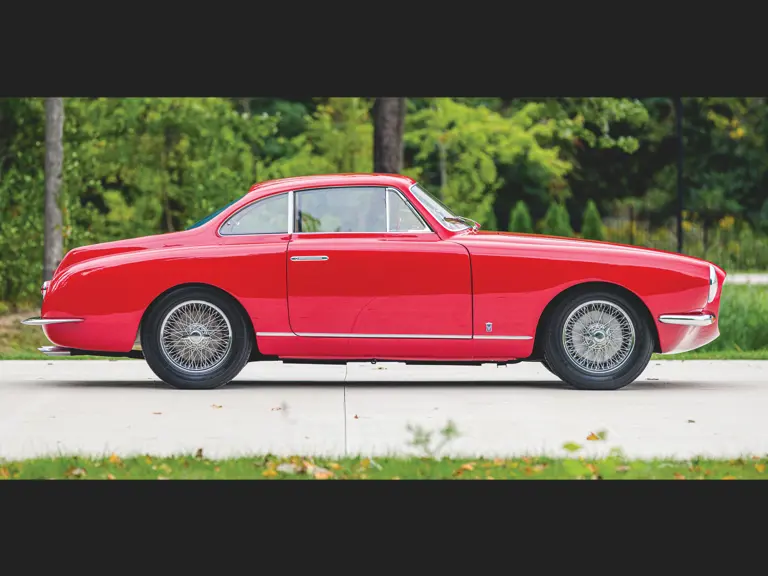
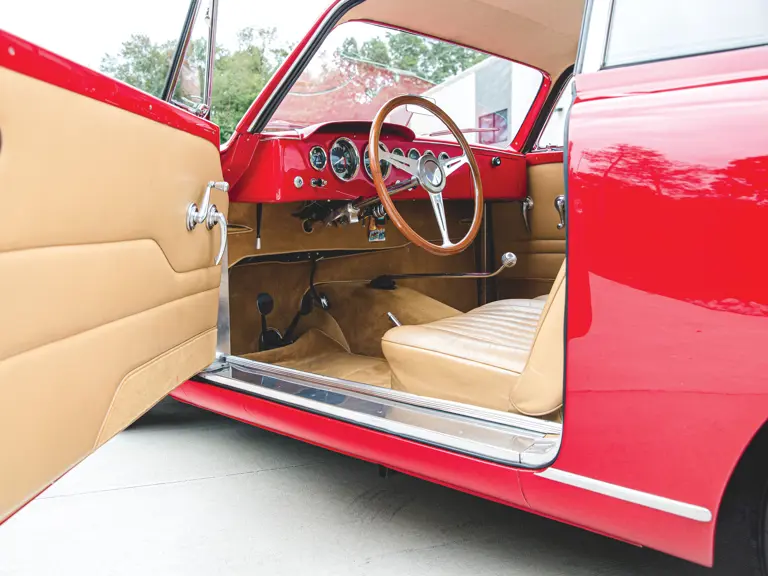
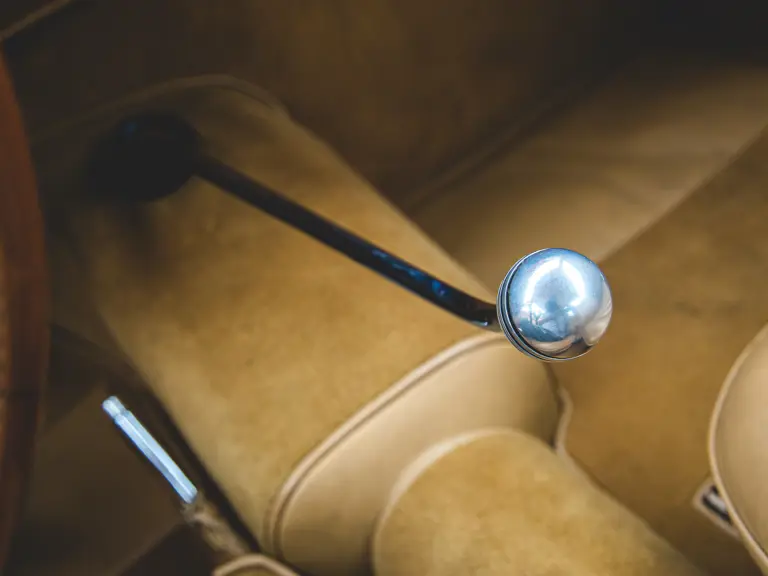
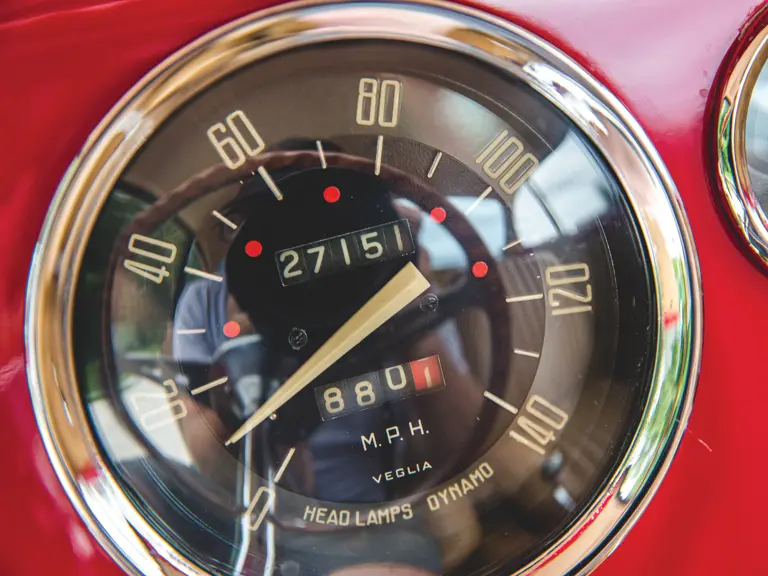

 | Elkhart, Indiana
| Elkhart, Indiana
